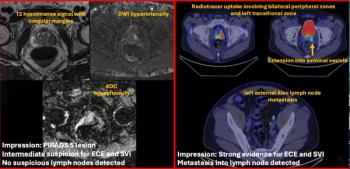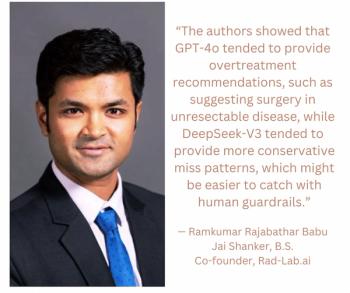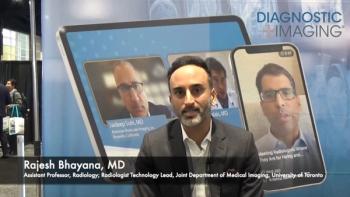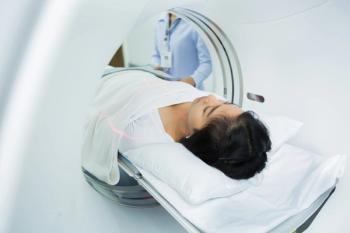
New Research Estimates Radiation Exposure from Imaging Causes 10 Percent of Hematologic Cancers in Children
For children who had a head CT scan, there was a 35 percent increased relative risk of developing hematologic cancer, according to a new study examining data from over 3.7 million children with a mean follow-up period of 10.1 years.
Emerging research suggests that exposure to radiation from medical imaging may be linked to higher risks for hematologic cancers in children.
For the multicenter retrospective study, recently published in the
Examining the impact of cumulative radiation dose on hematologic cancer risk, the researchers noted a 16 percent higher relative risk for children with 0 < 1 mGy exposure; a 41 percent higher relative risk for 1 < 5 mGy exposure; and a 79 percent higher relative risk for 20 < 30 mGy exposure.
For children exposed to at least 1 mGy of imaging radiation, the study authors noted the mean overall exposure was 14 mGy in contrast to a mean exposure of 24.5 mGy for children who developed hematologic cancer.
“We found a significant dose–response relation between cumulative radiation dose to bone marrow and hematologic cancer risk. Exposures that were associated with increased risk are common in clinical practice,” noted lead study author Rebecca Smith-Bindman, M.D., the director of the Radiology Outcomes Research Laboratory and a professor of epidemiology and biostatistics at the UCSF School of Medicine, and colleagues.
Estimating that radiation exposure was associated with 10.1 percent of hematologic cancers, the study authors noted varied risks with different imaging modalities. While chest radiography had a small attributable risk of .03 percent for hematologic cancers in the cohort, the study authors estimated that head CT had a 35 percent increased relative risk and a 25.9 percent attributable risk.
“Although CT and other radiation-based imaging techniques may be lifesaving, our findings underscore the importance of carefully considering and minimizing radiation exposure during pediatric imaging to protect children’s long-term health,” emphasized Smith-Bindman and colleagues.
(Editor’s note: For related content, see “
While noting the value of indicated CT imaging, the study authors maintained that low-value imaging and inappropriate radiation dosing are persistent issues.
“Our estimates of population-attributable risk suggest that up to 10% of hematologic cancers might be prevented by reducing unnecessary radiation exposure through more judicious imaging and appropriate doses. Although avoiding unnecessary imaging is critical, medically indicated imaging should not be deferred because that may result in missed or delayed diagnoses. In many cases, reducing the imaging dose or substituting magnetic resonance imaging or ultrasonography may be more feasible than avoiding imaging altogether,” added Smith-Bindman and colleagues.
Newsletter
Stay at the forefront of radiology with the Diagnostic Imaging newsletter, delivering the latest news, clinical insights, and imaging advancements for today’s radiologists.




























